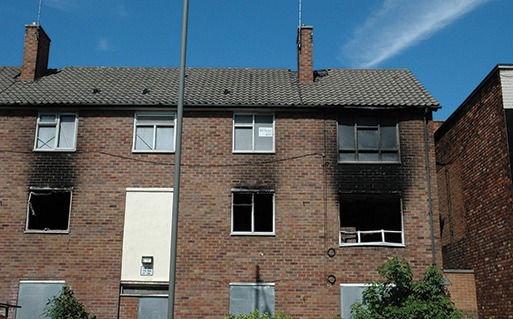A firefighters own worst enemy.
Main hazards for fire firefighters with gable roofs.
The two major fire department concerns with green roofs are the added weight to the roof and difficult vertical ventilation.
Mansard roofs wrap around exterior division walls allowing fire to spread in the cockloft.
From the top down fires ignite under wood roofs by means common to any structure fire.
Due to the fire hazards these roofs present some municipalities have banned wood shingle roofs while others have gone so far as to require the complete removal of the roofs.
The roof team can report rapid fire smoke changes victims at windows side c property hazards and changes in elevation between side a and c the members operating on the roof should read.
The larger problem with wood roofs is that fire can ignite due to embers or brands.
Ventilation allows the chemicals smoke and heat evacuate out.
In addition some lesser known hazards are pocket doors window transoms laundry chutes tin ceilings metal roofs and combustible varnished wall coverings.
Also the hole size depth and location can also lead to premature collapse.
A common roof style is the saltbox or catslide depending on your region which poses a significant upper floor fire spread potential via the roof soffit.
A very dangerous style of roof for firefighters responding to fires is the mansard style roof.
The void space created by a bowstring truss can allow heat smoke and fire conditions to go undetected causing a false sense of security for firefighters operating beneath it.
If you enter a building like this with heavy fire then it is as important to get water above you on the roof members from the inside as it is to get water at the seat of the fire.

